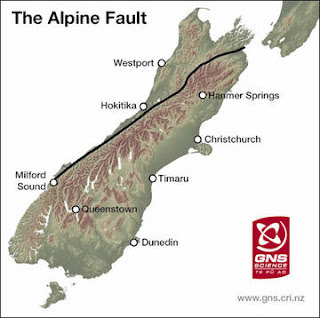First, let's start with the basics... I am a geologist (hopefully if you're on a tectonics blog, you know what a geologist is) and I belong to an agency called USGS (feel free to read more about it here: http://en.wikipedia.org/wiki/USGS).
They've implored me to go on the organization's first international exploration trip, and learn about boundaries all over, not just near the United States. During the course of my expedition I will be visiting 4 particular places. Each are one of the 4 boundary types (convergent subduction, convergent collision, divergent and transform) as well as a hot spot. I will explain in detail how each boundary works in relation to the places in following posts. This blog will serve as my personalized way to communicate my experiences with people who also share my interest in earth science.
Enjoy...
They've implored me to go on the organization's first international exploration trip, and learn about boundaries all over, not just near the United States. During the course of my expedition I will be visiting 4 particular places. Each are one of the 4 boundary types (convergent subduction, convergent collision, divergent and transform) as well as a hot spot. I will explain in detail how each boundary works in relation to the places in following posts. This blog will serve as my personalized way to communicate my experiences with people who also share my interest in earth science.
Enjoy...
(This is a basic overview of plate tectonics and the arrows show their directional movement)




























